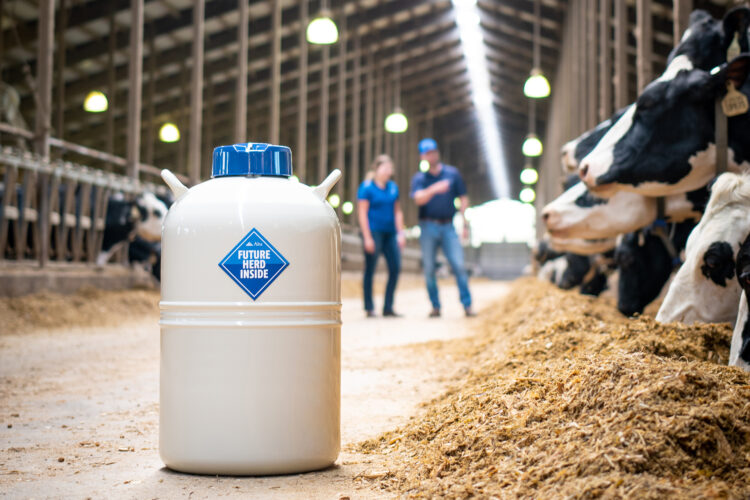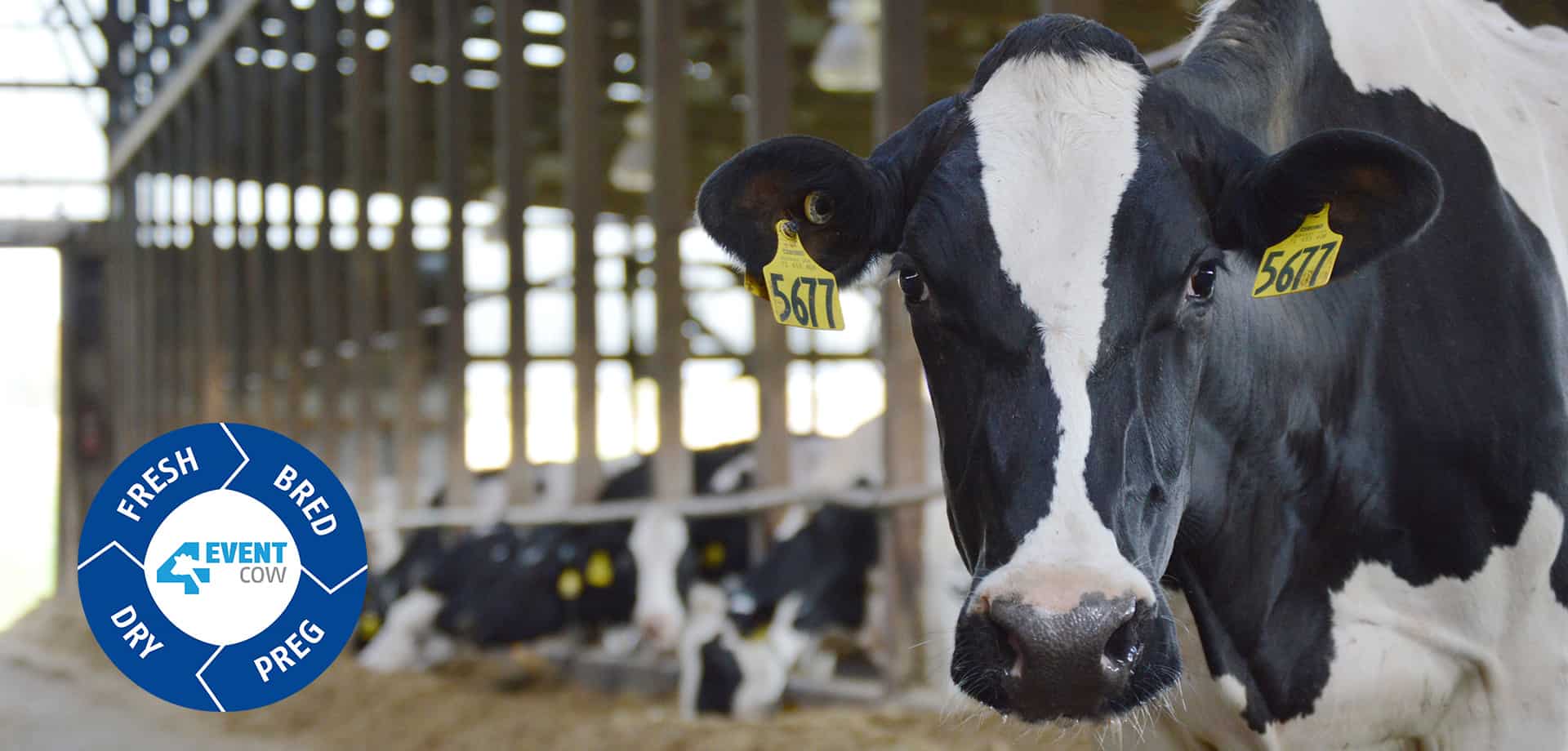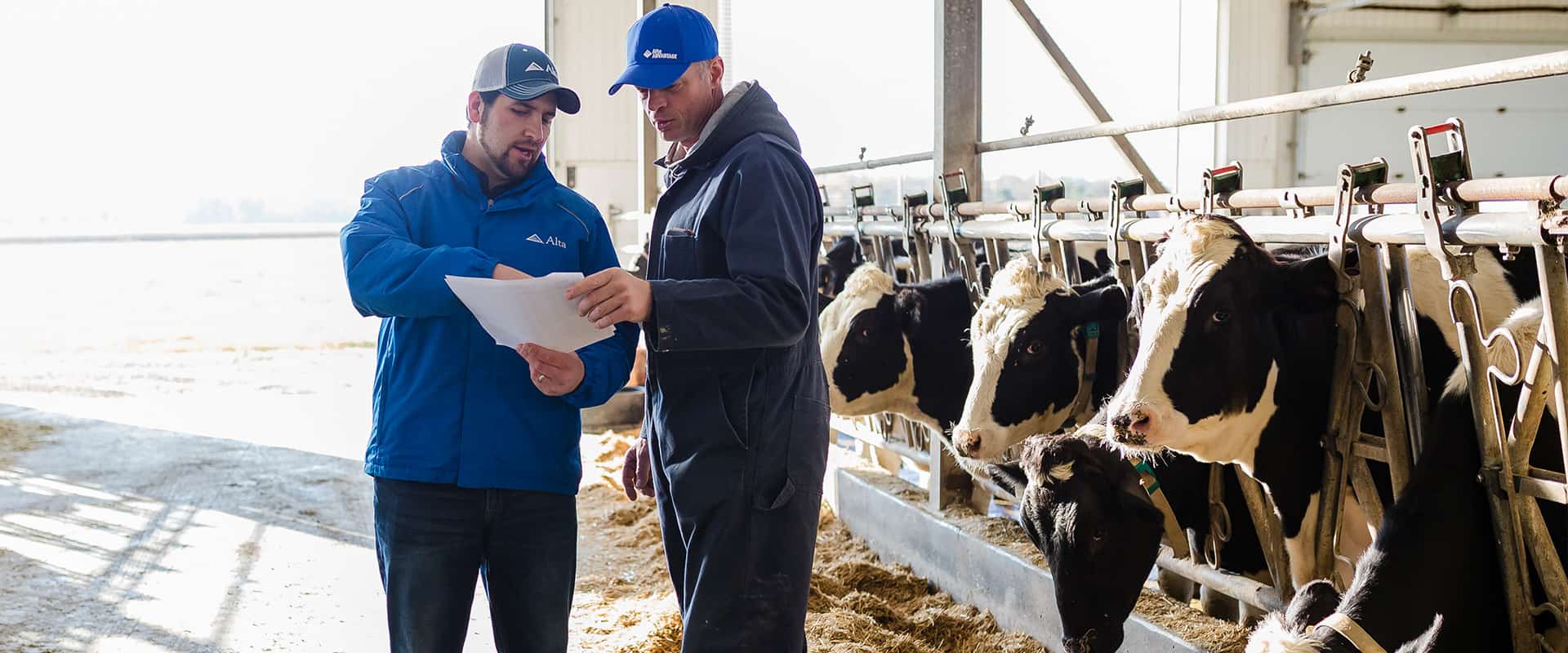The most important meal a calf will consume is her first one – colostrum. That’s partly because a calf is most vulnerable in those moments right after birth. A newborn calf needs the immunity and energy that only high-quality colostrum can give her.
If you are looking to create more profitable 4-EVENT COW’s in your herd, this starts long before an animal enters the fresh pen. In fact that journey starts in the hours immediately after she is born with the first colostrum feeding.
To make sure the first meal for each of your calves is as effective as possible, keep these 3 Qs of colostrum in mind.
THE 3 Q’S OF COLOSTRUM
1. QUICKLY
A calf’s ability to absorb the immunity from colostrum declines at a rapid rate after birth. You can see from the graph, that the ideal time to feed colostrum to a newborn calf is within the first 1-2 hours after birth. After six hours, the percent IgGs she can absorb and utilize is already significantly lower.
Recommendations say you should also offer a second feeding of colostrum within the next eight hours to ensure that each calf receives the energy she needs to get the best start in life.
2. QUALITY
In an ideal world, every dam will produce the amount and quality of colostrum that her calf needs. Unfortunately, ideal isn’t the norm. When colostrum quality is too low, a calf will not receive enough IgGs. That means she’s likely to experience Failure of Passive Transfer (FPT). FPT has a life-long impact on the growth and future production of affected calves.
Since we know that maternal colostrum can vary greatly from one cow to the next, that’s why it’s important to test maternal colostrum from every fresh cow. Use an optical or digital % brix refractometer to estimate the colostrum quality.
To interpret the % brix results and know what to do with the colostrum that mother nature has provided, follow these colostrum feeding recommendations:
| % Brix reading | Quality level | Action |
| > 25% | EXCELLENT | No need to supplement maternal colostrum |
| 22%-25% | GOOD | Supplement maternal colostrum if excellent results are desired |
| 18%-22% | ADEQUATE | Supplement maternal colostrum with Calf’s Choice Total colostrum |
| <18% | POOR | Replace maternal colostrum with Calf’s Choice Total colostrum |
3. QUANTITY
In order for a calf to receive the total immunity and energy she needs, it’s critical to feed her enough colostrum. That generally means feeding 10% of the calf’s body weight in the first feeding. When you know the quality is good, you can also follow these guidelines:
- OPTIMAL: 3L – 4L colostrum, which equals 150-200 grams IgG
- SUFFICIENT: 2L – 3L colostrum, which equals 100-150 grams IgG
A healthy, newborn calf is the future of your herd. Help her become a healthy, profitable Alta 4-EVENT COW by following the 3 Q’s of colostrum management. When maternal colostrum does not pass the test for quality or quantity, be sure to have Calf’s Choice Total colostrum ready to fill the void.
Adapted, in part, from the May 2015 Colostrum Counsel Newsletter from SCCL, titled “Contribution of good colostrum feeding practices to the welfare of the newborn calf.”




